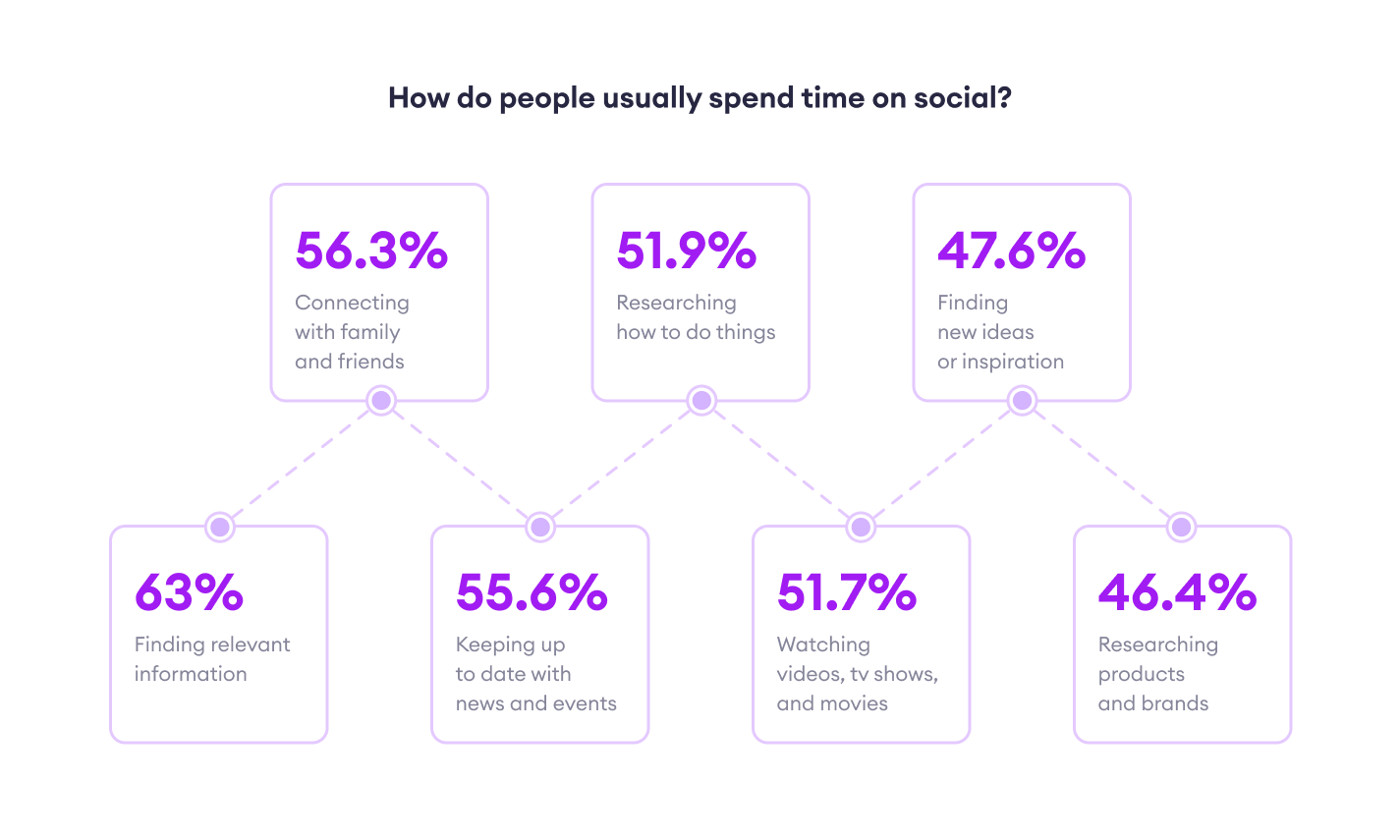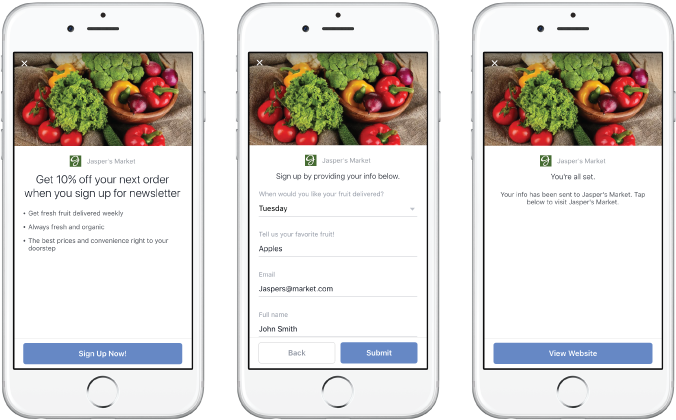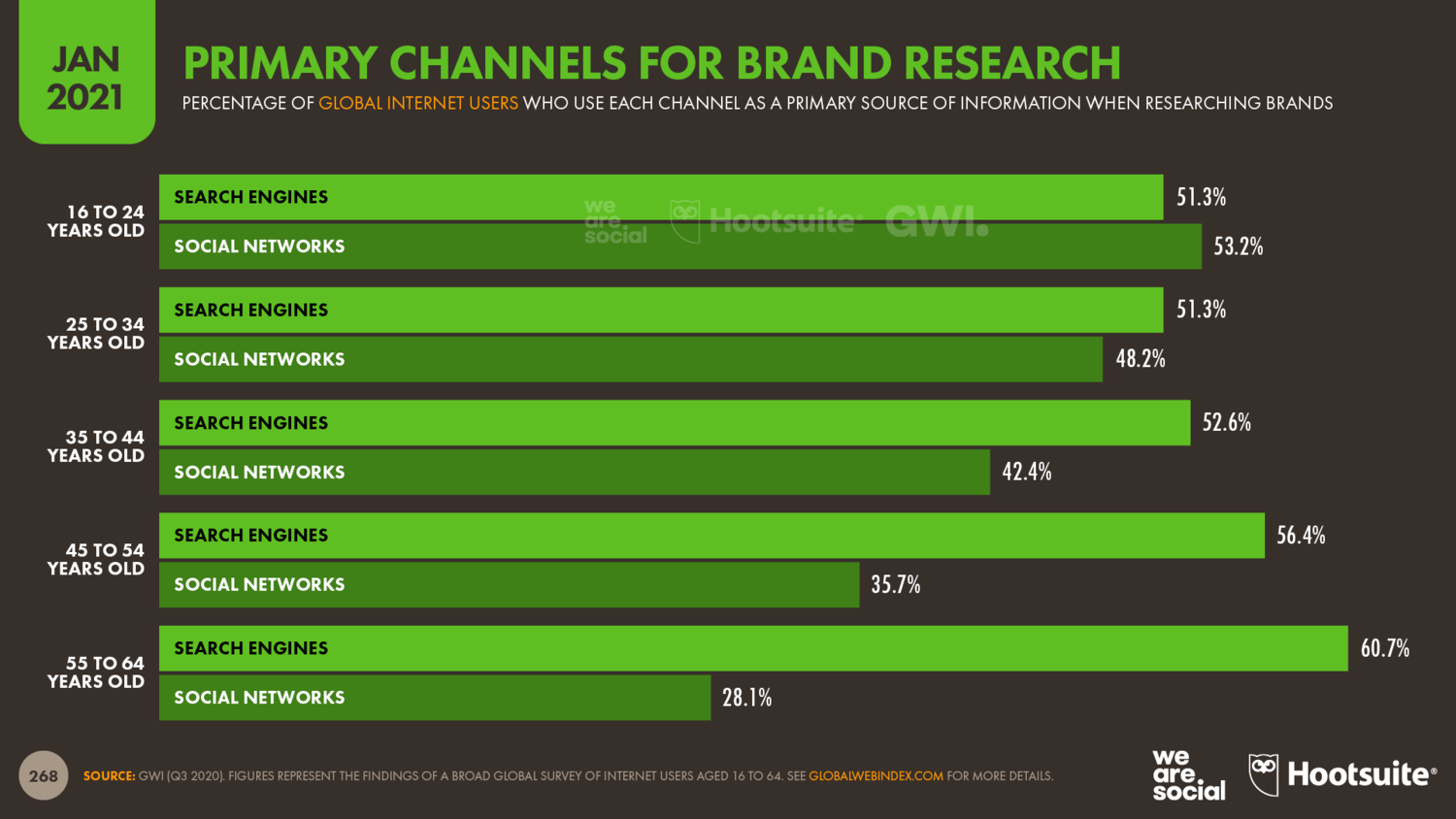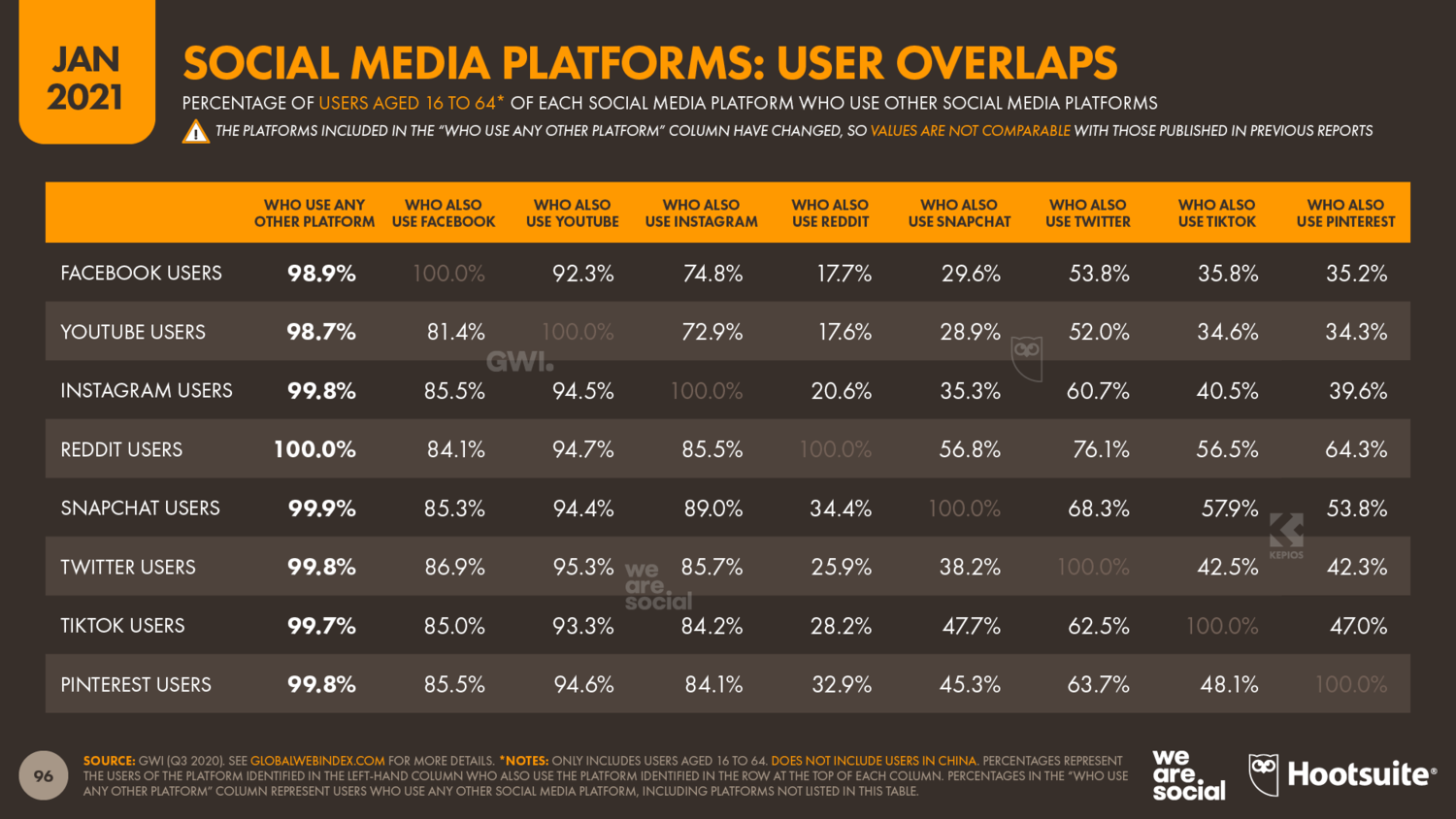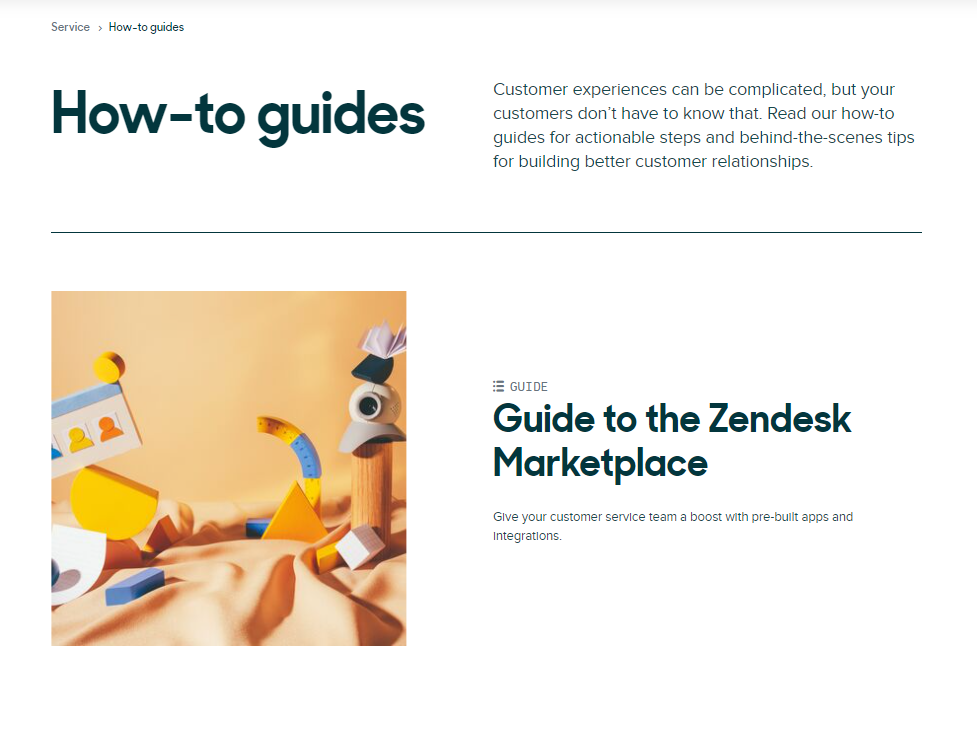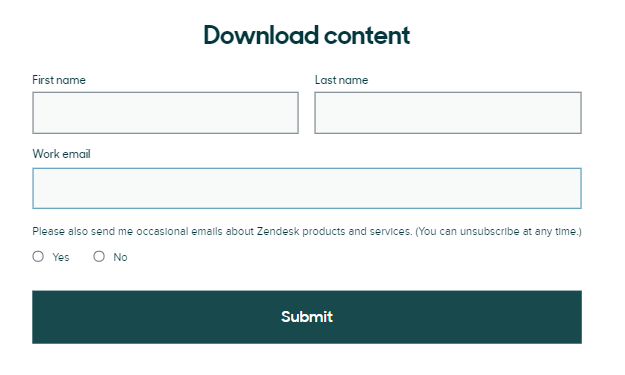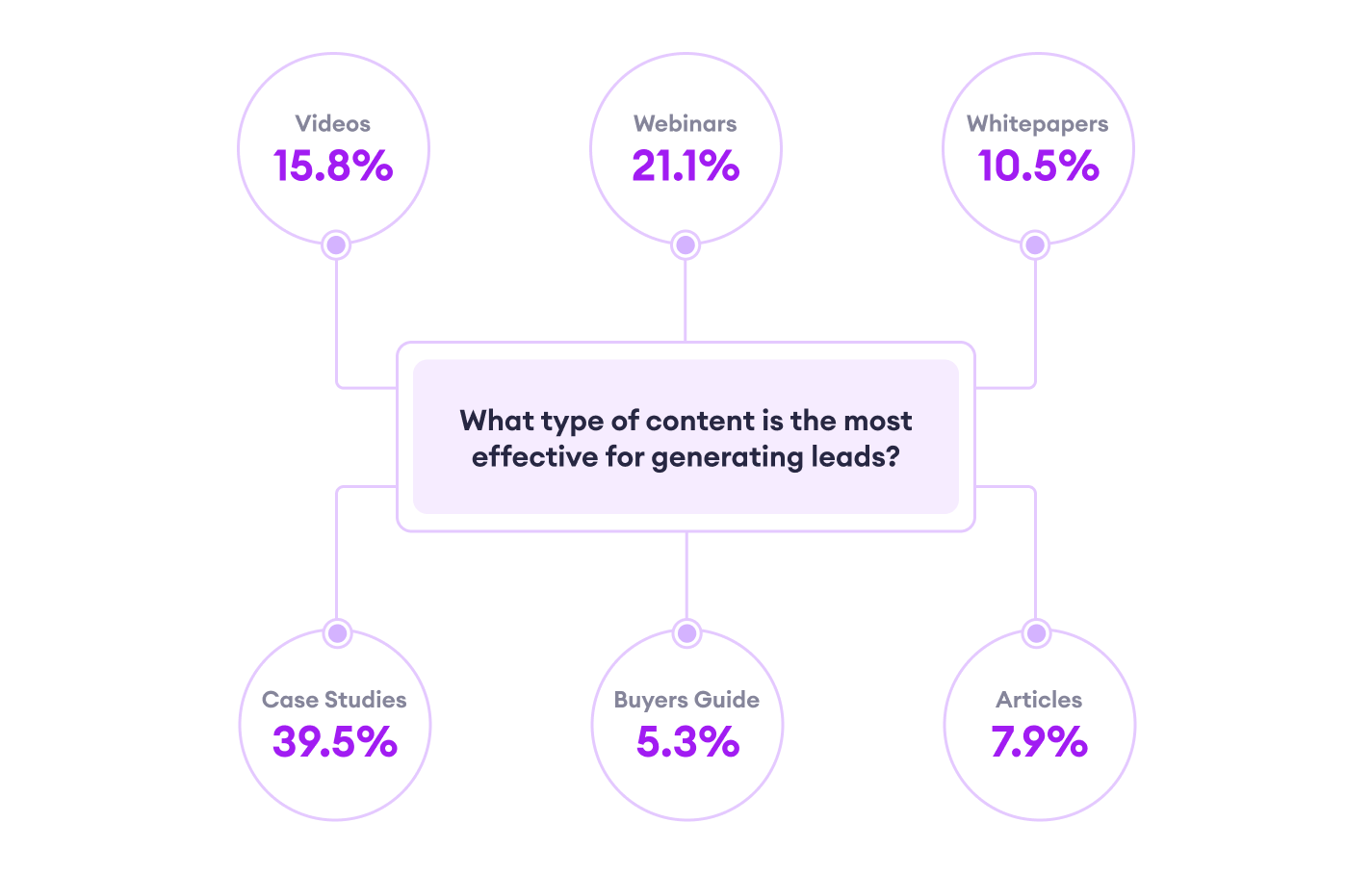Add special offers or discount codes
Discounts and special offers can be a great booster for collecting meaningful leads. As discounts are time-limited, people are more prone to fill in forms at the same moment and they are also more likely to share posts on social channels if they’re offered a discount.
Teaming up with partners is one of the most effective ways to distribute discounts or offers to a new audience expanding brand awareness and collecting contact information. The popular tactic brands use is partnering up with influencers to showcase products through their social media and add links with discounts or offer codes in descriptions.
Thus, promo codes become a powerful way to attract and retain customers, especially if you are ready to pather up with social media influencers. If you run a partner program, implement promo code tracking in order to track bloggers and influencers.
Leverage social media sponsorships
As an alternative for paid ads, think about content sponsorships: partnering with content creators that would promote your brand on their social media channels.
The advantage of this strategy is that you choose bloggers from your niche and thus tap into your target audience. Additionally, users will be more open to trying your product recommended by bloggers, who have gained their credibility and trust.
One of the ways to make a reputable content creator talk about a brand, product, or service is by creating an ambassador program. Many content creators or influencers are also partners in marketing, which means they are willing to sell by promoting products to their audience.
Use partnerships to drive more leads
Generating quality leads through social media takes time, especially for new companies or brands. With partner marketing, you can speed up the process of reaching potential leads and increasing brand awareness, while applying a low-risk strategy that pays partners only for their results.
With the tools and services Affise provides, you can build a partner program, manage an entire network of publishers and partners, collect information about your product in one place, create and manage offers for publishers to promote across various online platforms.
For more insight about partnerships, we suggest that you take a deeper look into setting goals and choosing the most suitable partner program for your business in the Partner Program creation guide.











